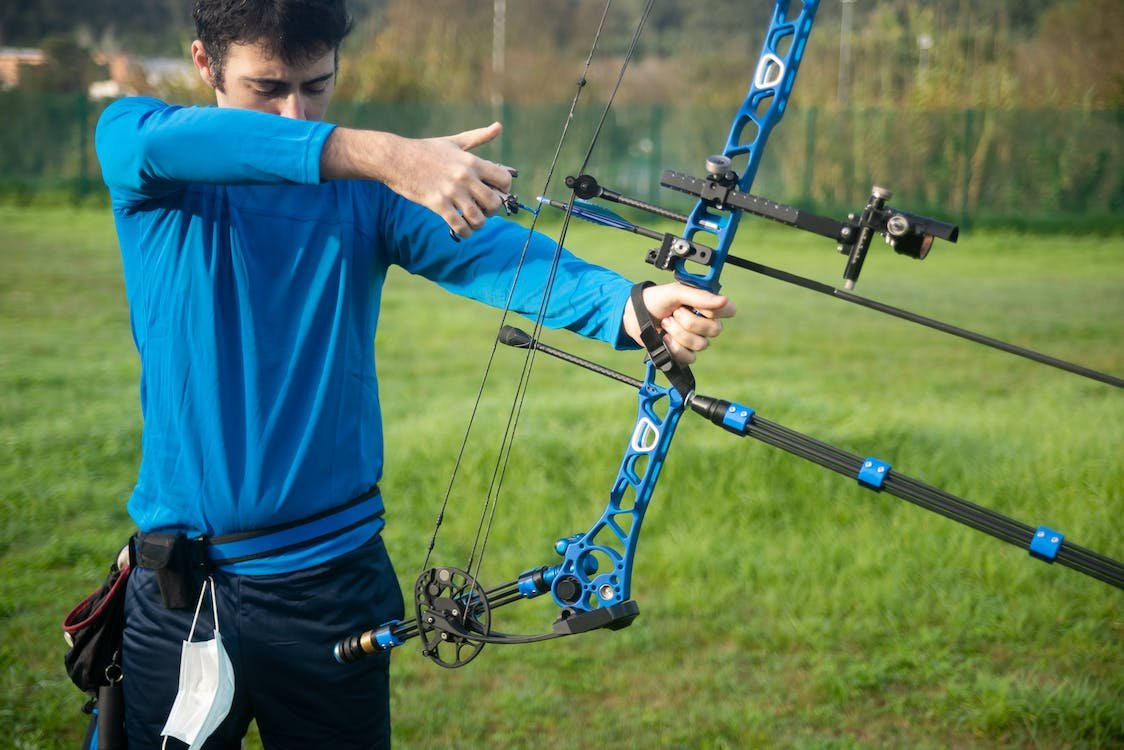best traditional bows for beginners

A Beginner’s Guide to the Best Traditional Bows for beginners and Finding Your Perfect Start with
Traditional archery offers a pure and rewarding experience, connecting the archer with centuries of history. For newcomers, choosing the right bow is the most important decision. This guide will help you understand the types of traditional bows, what to look for, and recommend some excellent models to get you started.
Understanding Traditional Bows: Recurve vs. Longbow
When you begin your search for a traditional bow, you’ll encounter two primary types: the recurve and the longbow.
Recurve Bows are known for their limbs that curve away from the archer at the tips. This design stores more energy and provides a faster, more powerful shot than a longbow of the same draw weight. Many beginner-friendly recurve bows are takedown models, which means the limbs can be detached from the riser. This is a significant advantage, as you can easily swap in limbs with a higher draw weight as your strength and skills improve.
Longbows have a more classic, straight-limbed design that forms a simple “D” shape when strung. They are often favored by purists for their fluid shooting experience and connection to archery history. While they generally shoot slower than recurves, many archers find them to be more forgiving of minor form mistakes.
For most beginners, a takedown recurve bow is the recommended starting point due to its versatility and ease of use.
Key Factors for Choosing Your First Bow
Selecting the right bow is more than just picking a design you like. The following factors are crucial for a positive learning experience.
Draw Weight: This is the force required to pull the string back. The most common mistake beginners make is choosing a draw weight that is too high. Starting with a bow that is too heavy will lead to bad form, fatigue, and potential injury. For most adult beginners, a draw weight between 20-25 lbs is ideal. This allows you to focus on developing proper form and technique.
Bow Length: The bow’s length should be appropriate for your height and draw length. A longer bow is more stable and forgiving, while a shorter bow is more maneuverable. For most adults, a bow between 62 to 68 inches is a great starting point. A takedown bow is a great way to grow with your equipment, as you can replace the limbs with a higher draw weight as you progress.
Recommended Bows for Beginners (best traditional bows for beginners)
The market offers several excellent traditional bows that are perfect for those starting out.
Samick Sage: Still a perennial favorite, the Samick Sage takedown recurve bow is widely praised for its exceptional value and quality. It’s an affordable and durable option with a comfortable grip and the ability to easily upgrade limbs. The Sage is a versatile bow that can be used for both target practice and hunting.
Bear Archery Grizzly: A legendary and timeless choice, the Bear Archery Grizzly is a one-piece recurve bow known for its phenomenal durability and resistance to weather. While it’s a bit more of an investment, its classic design and reliable performance have made it a favorite for over 60 years. Bear also offers other youth bows, such as the Pathfinder, which are great for getting kids started.
PSE Archery: The PSE Archery Pro Max is another popular choice for beginners, especially for recreational target practice, and is often available in a complete shooting set.
Essential Gear for a Beginner’s Kit
A bow is only one part of the equation. To get started safely and effectively, you’ll need a few key accessories:
- Arrows: Ensure your arrows are the correct length and spine (stiffness) for your bow’s draw weight. A good archery shop can help you with this.
- Armguard: This is a non-negotiable safety item that protects your forearm from the bowstring’s slap.
- Finger Tab or Glove: This protects your fingers from the string and promotes a consistent release.
- Bow Stringer: This is the only safe way to string and unstring a traditional bow and prevents injury or damage to the bow limbs.
- Archery Targets: A good target is essential for practicing safely and measuring your progress.
By choosing a bow with the right draw weight and length and getting the right gear, you’ll be well on your way to mastering the rewarding and timeless art of traditional archery.

